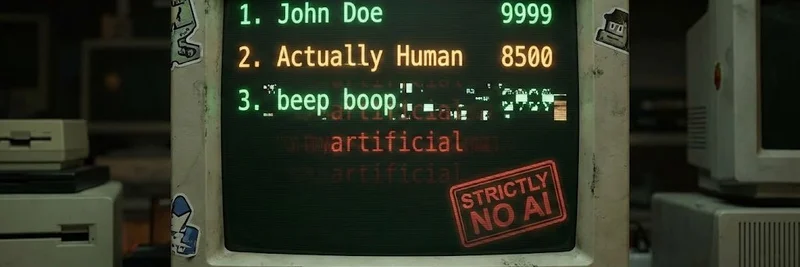In the fast-paced world of crypto, where innovation often dances on the edge of risk, Haseeb Qureshi, managing partner at Dragonfly Capital, just dropped a must-watch debate that's got everyone talking. Posted on X (formerly Twitter) here, Haseeb shared a video of his 1v1 showdown against Jordi Alexander of Selini Capital at the Digital Asset Summit 2025 in London. The topic? Whether synthetic dollars—like those from Ethena—could spark the next big crash akin to Terra's infamous Luna implosion.
For those new to the lingo, let's break it down simply. A synthetic dollar is essentially a stablecoin that's designed to hold a value of $1 but isn't backed by actual cash or treasuries in the traditional sense. Instead, it uses a delta-neutral strategy—meaning it's hedged to avoid big swings from market movements—and "rebases" (adjusts its supply) to maintain that peg. Ethena's USDe is a prime example: it generates yield by shorting crypto futures while holding spot assets, passing on funding rates to holders.
The debate kicked off right after a wild weekend in the markets, where massive liquidations tested the resilience of these assets. Haseeb, arguing the "no" side, emphasized how synthetic dollars differ fundamentally from Luna. Remember Luna? It was part of Terra's ecosystem, where UST (a stablecoin) was algorithmically backed by Luna tokens. When confidence waned, it spiraled into a death loop—prices crashed, more tokens were minted to restore the peg, and the whole thing wiped out billions in 2022.
Haseeb pointed out key distinctions:
- No reflexivity: Unlike Luna, where the backing asset (Luna itself) was tied to the stablecoin's value, creating a vicious cycle, Ethena's collateral is exogenous—like Bitcoin or Ethereum— and delta-neutral, so crypto price swings don't directly erode it.
- Real revenue, no guarantees: Luna promised a fixed 20% yield through Anchor Protocol, which was unsustainable and fueled the bubble. Ethena offers floating yields based on market funding rates, which can dip below treasuries, and there's no promise of outsized returns.
- Supply constraints: Ethena's growth is capped by available open interest in perp markets. If yields drop, demand shrinks naturally, preventing endless expansion like Luna's.
He wrapped up by noting that even in the recent turmoil, USDe held strong on major venues like Curve, dipping only minimally, proving its robustness.
On the flip side, Jordi warned that blending tokenized funds (which yield from strategies like basis trades) with stablecoin mechanics creates hidden dangers. Basis trades involve exploiting price differences between spot and futures markets—sound in theory, but they've blown up funds before. He argued that chasing yields above risk-free rates (like U.S. Treasuries) inevitably pushes teams down the risk curve, leading to systemic threats as these assets scale.
Jordi highlighted false security: Retail users treat anything pegged at $1 as "safe," but when protocols like Aave hard-code these synthetics as equivalent to true dollars, a depeg could cascade failures. He referenced the weekend's events, where even well-designed systems faced stress, and predicted that as synthetics grow, we'll see more "Luna-style" blowups—not identical, but equally devastating.
This discussion hits home for meme token fans and blockchain builders alike. Meme coins thrive on hype and volatility, but stablecoins like USDe often serve as the "safe" base for trading them. If synthetics falter, it could ripple through DeFi lending, liquidity pools, and even meme launches on platforms like Solana or Base. Remember, Luna's fall didn't just tank Terra—it triggered contagion that hit everything from Three Arrows Capital to FTX.
Haseeb's tweet asks, "Who do you think won?" and the audience vote (via applause) leaned slightly his way. But the real winner? The crypto community, getting a clear-eyed look at these risks without the jargon overload. If you're deep in memes or DeFi, this is essential viewing—check the video in the tweet and weigh in.
As always, DYOR (do your own research), and stay tuned to Meme Insider for more breakdowns on how these big-picture debates impact your favorite tokens.


